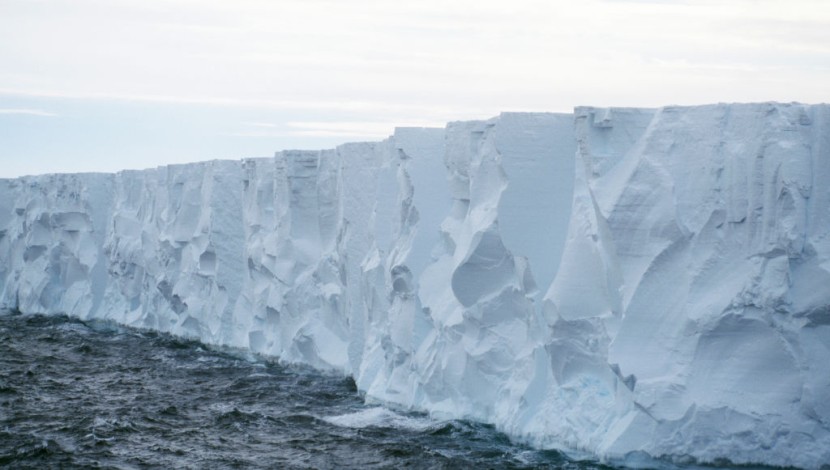
An alarming new study suggests Antarctica's "Doomsday Glacier" is in jeopardy of causing catastrophic sea-level rise.
The glacier – also known as Thwaites Glacier and part of the West Antarctic Ice Sheet – is the widest glacier on earth, measuring at 80 miles wide, according to scientists.
Warming ocean water rushing beneath the massive glacier is causing it to melt faster than anticipated. It currently contributes to 4 percent of all global sea-level rise, and its entire collapse would trigger the sea-level to increase by 2 feet, researchers said.
"The worry is that we are underestimating the speed that the glacier is changing, which would be devastating for coastal communities around the world," Christine Dow, co-author of a study published Monday in Proceedings of the National Academy of Sciences, and professor in the Faculty of Environment at the University of Waterloo in Ontario, Canada, said.
The study – led by a team of UC Irvine scientists – said the rising temperature of the ocean water is leading to "vigorous melting" and may require a reassessment of global sea-level rise projections.
The team relied on data collected from March to June of 2023 by Finland's ICEYE commercial satellite mission, which persistently monitors changes on the earth's surface.
"At the moment we don't have enough information to say one way or the other how much time there is before the ocean water intrusion is irreversible. By improving the models and focusing our research on these critical glaciers, we will try to get these numbers at least pinned down for decades versus centuries. This work will help people adapt to changing ocean levels, along with focusing on reducing carbon emissions to prevent the worst-case scenario," added Dow.









